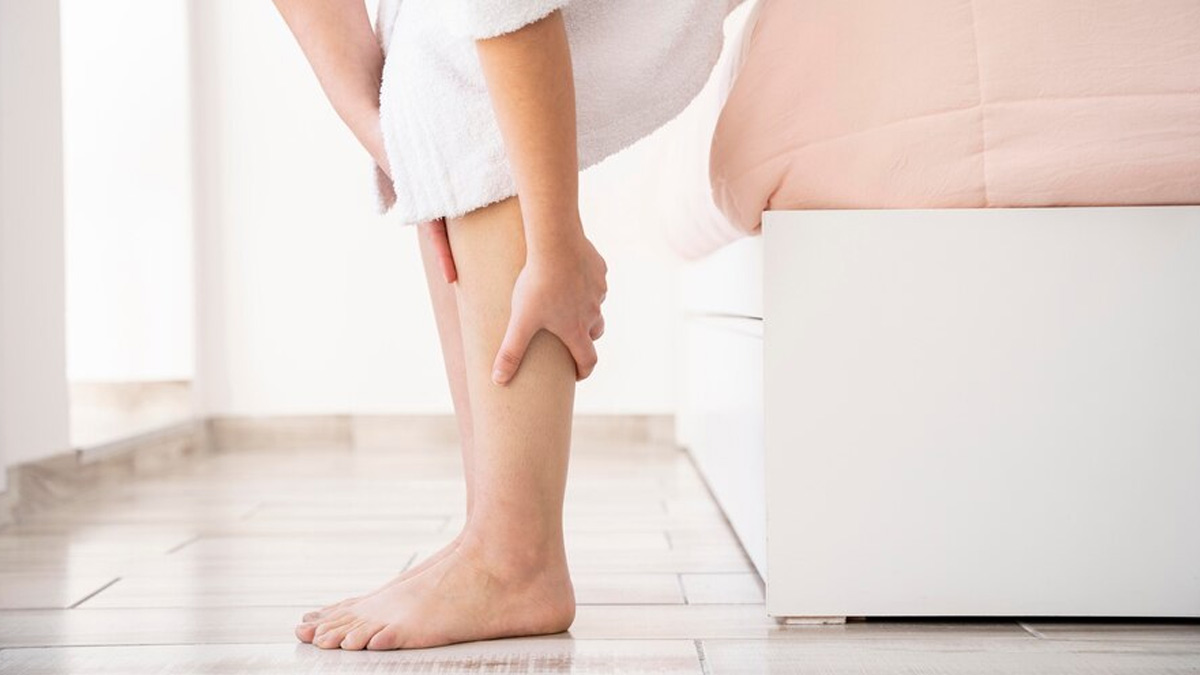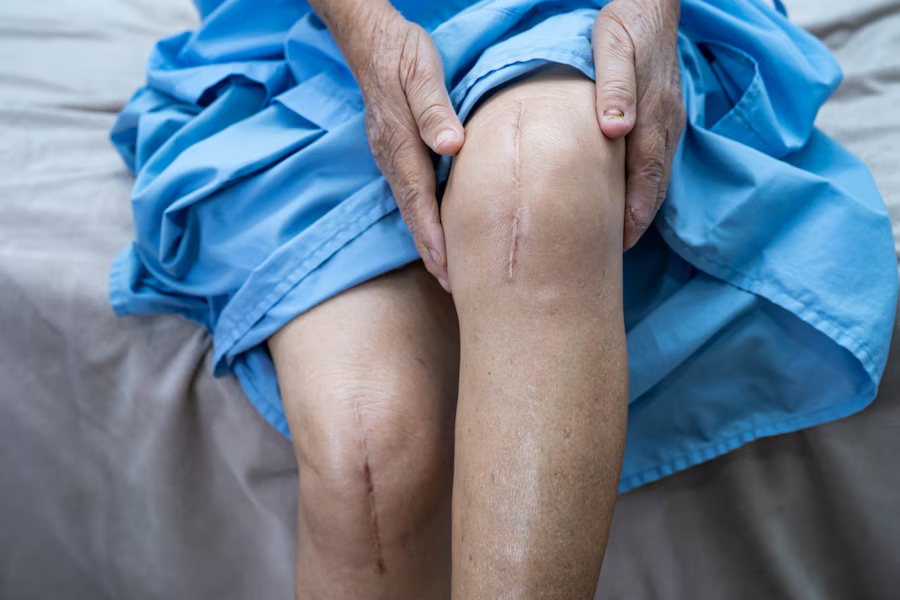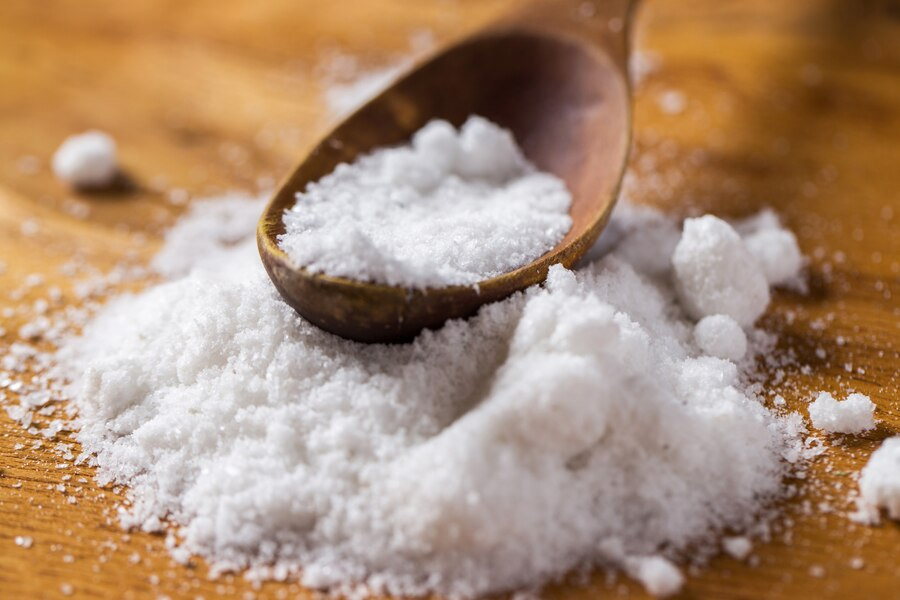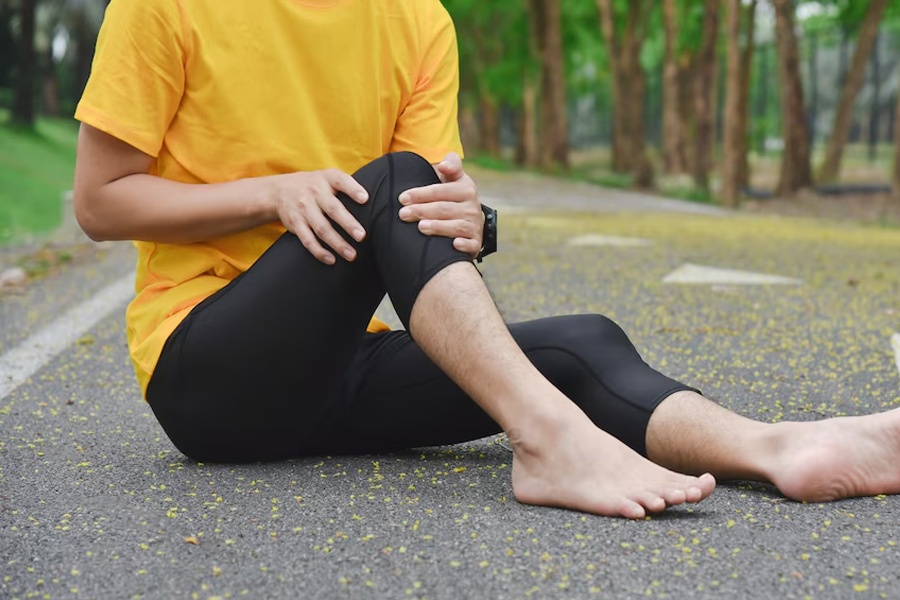
A swollen leg can be alarming. More so if you do not know what's causing it. Medically termed peripheral oedema, it usually indicates fluid buildup in the leg tissues, which could arise due to underlying medical conditions or simply because of lifestyle choices, including an unhealthy diet and physical inactivity.
Table of Content:-
According to Edwina Raj, Head of Services - Clinical Nutrition and Dietetics, Aster CMI Hospital, Bengaluru, a high-salt diet can also increase a person's risk of leg swelling. Read to find out all about the link and to learn about other common causes of swollen legs and ways to manage the condition.
Also Read: How Fluid Retention Affects Different Parts Of The Body: Noticeable Symptoms
Common Causes Of Leg Swelling

Leg swelling results from fluid buildup or fluid retention, which can affect different parts of the legs, including the feet, ankles, calves, and thighs. Raj says that it can be caused by a variety of underlying medical conditions, including:
- Blood clots
- Liver or kidney disease
- Increased blood pressure
- Certain blood pressure and hormone replacement therapy
- Medications
- Pregnancy
- Lymphedema (blockage in the lymphatic system)
- Prolonged sitting or standing for longer durations
Can High-Salt Diets Increase Your Risk?

According to the UK National Health Services (NHS), eating too many salty foods can also cause oedema or swollen legs.
Raj explains, "High salt intake increases blood volume, putting extra pressure on blood vessels. This pressure can cause fluid to leak out into surrounding tissues, leading to oedema.”
Furthermore, the kidneys also regulate water reabsorption. Therefore, when you consume a lot of salt, the kidneys signal the body to hold onto more water instead of eliminating it, potentially contributing to leg swelling, the doctor adds.
Strategies To Manage Swollen Legs
Here are a few ways to manage and treat swollen legs effectively:
Dietary changes:
- Gradually reduce the amount of salt you add to your food while cooking.
- Avoid processed foods such as bakery stuff, tastemakers, sauces, papad, and pickles, as they are often high in sodium.
- Do not add more than 1 teaspoon of salt in a day, and choose low-sodium options whenever possible.
- Experiment with herbs, lemon, tamarind, raw mango powder, kokum, and spices to add flavour.
- Increase water consumption; one should drink at least 2–3 litres of water while resting.
Other lifestyle changes:
- Elevate your legs above the level of your heart to promote fluid drainage and reduce swelling.
- Do regular exercise, including walking or swimming.
- Wear compression stockings to help squeeze excess fluid out of the legs and improve circulation. Consult a physician before using compression stockings.
“For severe swelling or if you have concerns, consult a doctor,” recommends Raj.
Also Read: Dealing With Swollen Feet? Try These Natural Remedies For Relief
Other Side Effects Of Eating Salty Foods

The WHO recommends consuming less than 5 grams of salt per day for adults, which is approximately one teaspoon. Exceeding the recommended amount may not immediately show effects, but in the long run, it can cause severe damage.
According to Raj, it is associated with multiple health conditions like high blood pressure, headaches, osteoporosis, and kidney diseases. If left untreated, it may lead to cardiovascular diseases, strokes, and stomach cancer.
It’s important to note that these risks are more likely to develop with long-term high salt intake. However, with lifestyle changes and moderate reductions in salt intake, these complications can be avoided and can have significant health benefits, she concludes.
Also watch this video
How we keep this article up to date:
We work with experts and keep a close eye on the latest in health and wellness. Whenever there is a new research or helpful information, we update our articles with accurate and useful advice.
Current Version